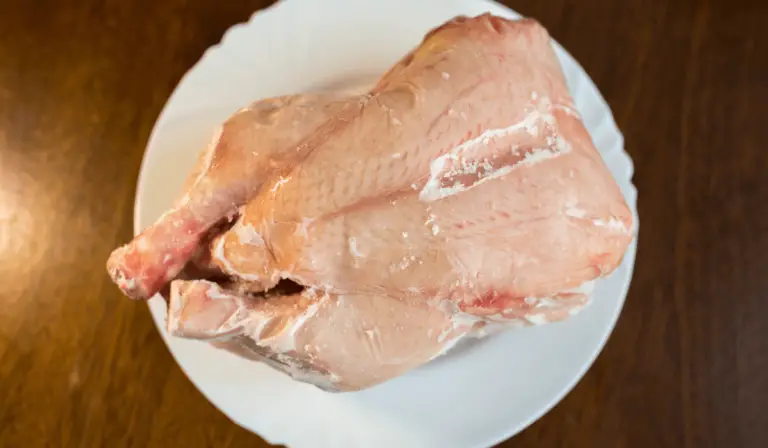Can I Boil Frozen Chicken? A Comprehensive Guide
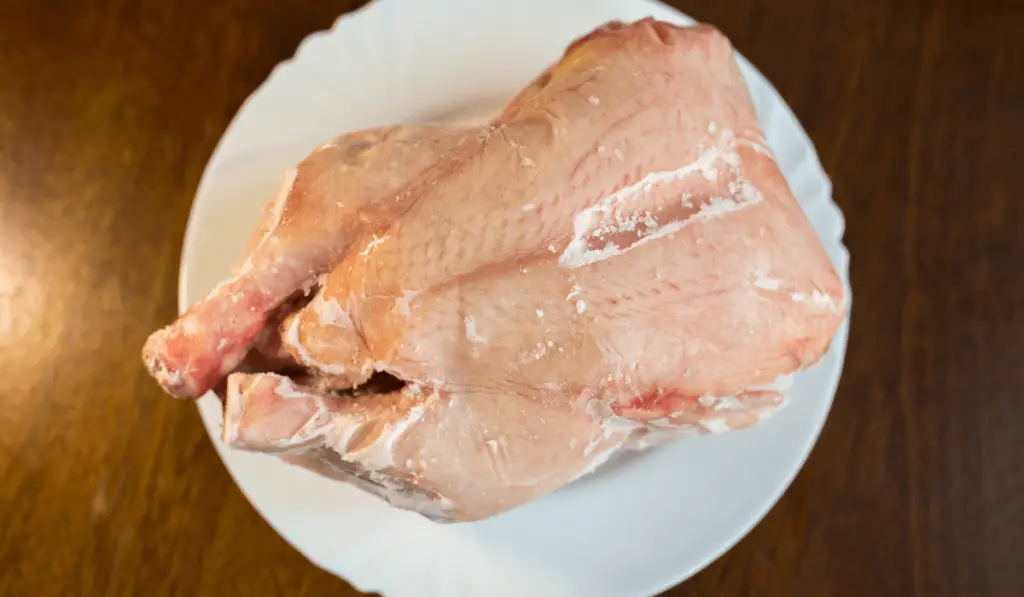
Boiling frozen chicken is a common query among many home cooks. It’s a method that can save time and ensure a safe, delicious meal. In this article, we delve into the nuances of boiling frozen chicken, covering everything from safety considerations to culinary applications.
Understanding Frozen Chicken
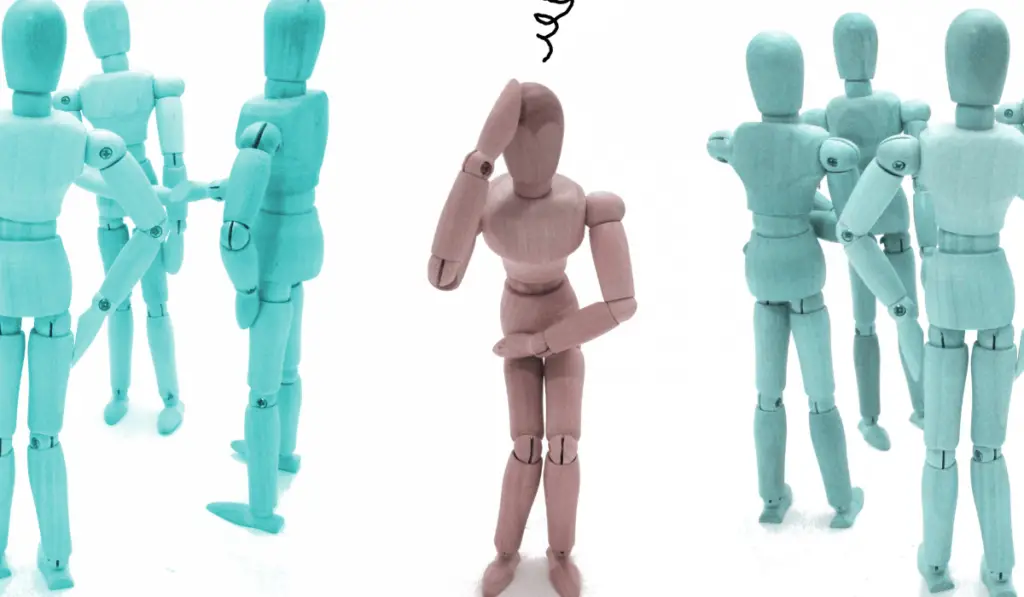
Boiling frozen chicken is a common cooking method that offers convenience and safety, provided it’s done correctly. Understanding the different types of chicken cuts available and the science behind freezing and boiling chicken is essential for any cook, whether amateur or professional. Let’s delve into these aspects to ensure your boiled chicken is both safe and delicious.
Types of Chicken Cuts
Chicken comes in various cuts, each with its own texture, flavor, and cooking time. When boiling frozen chicken, the most common cuts you might use are:
- Breasts: Lean and versatile, chicken breasts are the most popular cut. They’re ideal for boiling due to their uniform shape, which allows for even cooking.
- Thighs: Darker and more flavorful than breasts, thighs are a bit fattier. They can withstand longer cooking times, which makes them perfect for boiling from frozen.
- Legs (Drumsticks): Chicken legs, or drumsticks, have a higher fat content and a richer flavor. Their texture holds up well when boiled from frozen.
- Wings: While not as commonly boiled, chicken wings can also be cooked this way. They have a higher skin-to-meat ratio, adding flavor to broths and soups.
Freezing and Boiling Science
Understanding the science behind freezing and boiling chicken helps in achieving optimal results:
-
Freezing: Freezing chicken slows down the growth of harmful bacteria without altering its nutritional value or taste significantly. When chicken is frozen, the water inside its cells forms ice crystals, which can affect texture. Slow freezing creates larger ice crystals that can damage cell walls, leading to changes in texture. Fast freezing, as done commercially, produces smaller crystals, preserving the texture better.
-
Boiling Frozen Chicken: Boiling is a simple and effective method to cook chicken from frozen safely. The key is to ensure that the chicken reaches an internal temperature of 165°F (74°C), which kills potentially harmful bacteria like Salmonella and Campylobacter. Here’s the science behind it:
- Heat Transfer: When boiling frozen chicken, the transfer of heat is gradual. The outer layers defrost and start cooking first, with heat slowly penetrating to the core. This ensures that the chicken is cooked evenly throughout.
- Safety: The USDA states that cooking chicken from frozen is safe, but it may require about 1.5 times the cooking time of unfrozen chicken. Using a meat thermometer is the best way to check for doneness.
- Moisture Retention: Boiling chicken from frozen can help in moisture retention, as the gradual increase in temperature allows the chicken to reabsorb some of the water lost during freezing. This can result in juicier meat.
Tips for Boiling Frozen Chicken
- Use a Large Pot: Ensure the chicken is fully submerged in water for even cooking.
- Season the Water: Adding salt, herbs, and spices to the boiling water can infuse the chicken with flavor as it cooks.
- Simmer, Don’t Boil: Once the water reaches a boil, reduce it to a simmer. Boiling too vigorously can toughen the meat.
- Check Temperature: Use a meat thermometer to ensure the chicken has reached 165°F (74°C) internally.
- Rest Before Cutting: Let the chicken rest for a few minutes after cooking. This allows the juices to redistribute, making the meat more tender.
In summary, boiling frozen chicken is a convenient method that, when done correctly, can yield safe and delicious results. Understanding the types of cuts and the science behind freezing and boiling is crucial for any home cook or culinary enthusiast.
Step-by-Step Guide to Boiling Frozen Chicken
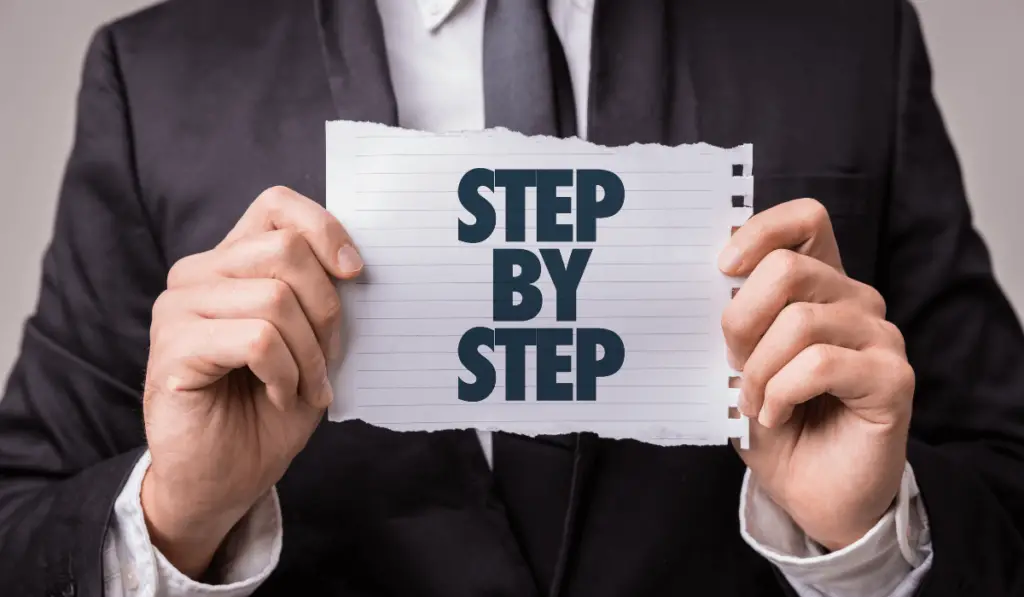
Boiling frozen chicken is a straightforward process that requires minimal preparation. Whether you’re in a hurry or forgot to thaw your chicken, boiling it from frozen can save the day. Here’s a comprehensive guide to help you through the process, ensuring your chicken is cooked safely and deliciously.
Preparing the Chicken
- Check the Packaging: Before boiling, ensure the chicken is properly packaged. The chicken should have been frozen in airtight packaging to avoid freezer burn and maintain quality.
- Inspect for Ice Crystals: A small number of ice crystals inside the packaging is normal, but excessive ice may indicate that the chicken has been frozen for too long or thawed and refrozen.
Boiling Process
- Fill a Pot with Water: Choose a pot large enough to accommodate the chicken pieces with enough water to cover them completely.
- Place the Frozen Chicken in the Pot: Carefully add the frozen chicken to the pot. There’s no need to thaw it beforehand, but make sure it’s separated into individual pieces if possible.
- Heat the Water: Turn the stove to high heat to bring the water to a rapid boil.
- Reduce to a Simmer: Once the water is boiling, lower the heat to maintain a gentle simmer. This ensures the chicken cooks evenly without becoming tough.
- Cover the Pot: Covering the pot helps maintain a consistent temperature and speeds up the cooking process.
Time Variations
- Chicken Breasts: Boneless chicken breasts typically take about 25-30 minutes to cook through.
- Chicken Thighs and Legs: These cuts have more fat and connective tissue, so they may require 30-40 minutes.
- Wings: Smaller pieces like wings will be ready in about 15-20 minutes.
Testing for Doneness
- Use a Meat Thermometer: The safest way to check if the chicken is cooked is by using a meat thermometer. The internal temperature should reach 165°F (74°C) at the thickest part of the meat.
- Check the Juices: If you don’t have a thermometer, another method is to pierce the chicken with a fork or knife. If the juices run clear and the meat is no longer pink, it’s likely done.
Safety Tips
- Avoid Overcrowding: Ensure there’s enough room in the pot for water to circulate around each piece of chicken. This helps cook the chicken evenly.
- Stir Occasionally: Gently stir the pot a few times during cooking to ensure even heat distribution.
Final Steps
- Remove and Rest: Once cooked, carefully remove the chicken from the pot and let it rest for a few minutes. This allows the juices to redistribute, making the chicken more tender and flavorful.
- Serve or Store: Serve the chicken hot, or let it cool completely before storing it in the refrigerator for later use.
Referencing the USDA’s Guidelines
For the most accurate and up-to-date information on poultry preparation and safety, refer to the USDA’s Poultry Preparation Guidelines. These guidelines provide essential tips on handling, cooking, and storing chicken to prevent foodborne illness.
Boiling frozen chicken is a convenient method that ensures your meal is ready in no time. By following these steps, you’ll enjoy perfectly cooked chicken that’s safe, tender, and delicious.
Safety and Health Considerations

Safety is paramount when cooking chicken from frozen.
Internal Temperature: The most crucial safety measure is ensuring the chicken reaches an internal temperature of 165°F (74°C), which is considered safe by food safety standards.
Food Safety Tips: To prevent cross-contamination, keep raw chicken and its juices away from other foods. Always wash your hands, utensils, and surfaces after handling raw chicken.
Enhancing Flavor and Texture
Boiling chicken doesn’t have to result in bland or tough meat. With a few tips, you can enhance both flavor and texture.
Seasoning Tips: To infuse the chicken with flavor, consider adding herbs, spices, or bouillon cubes to the water. This will season the chicken as it cooks.
Tender Chicken: Slow simmering is key to tender chicken. A rapid boil can toughen the meat, so maintaining a gentle simmer will produce a more tender result.
By following these guidelines, you can safely and deliciously prepare boiled frozen chicken, making it a convenient option for a variety of dishes.
Alternative Cooking Methods
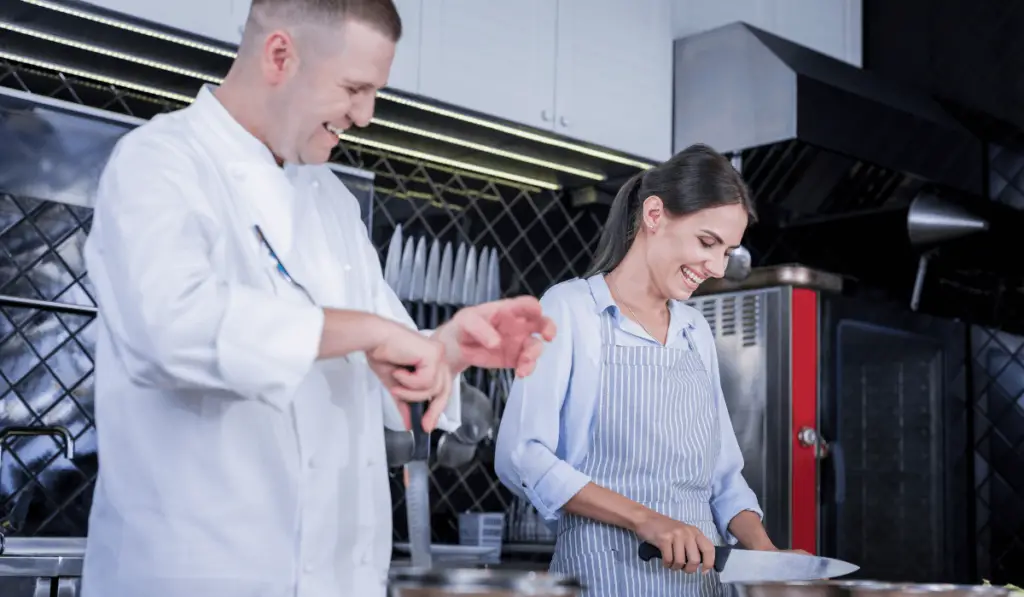
Besides traditional boiling, you can use a pressure cooker or slow cooker. These methods offer different benefits:
- Pressure Cooker: Cooks chicken quickly while retaining moisture.
- Slow Cooker: Ideal for tender and flavorful chicken over a longer period.
For alternative cooking methods, especially using a slow cooker, check out these Can Cooker Recipes for more inspiration.
Frequently Asked Questions

Addressing common queries about boiling frozen chicken:
- How long does it take to boil frozen chicken?
- Is it safe to boil frozen chicken for dog food?
- Can I make soup with boiled frozen chicken?
Creative Recipes and Uses

Boiled frozen chicken is versatile and can be used in various dishes:
- Chicken Soup: Shred the boiled chicken for a hearty soup.
- Chicken Tacos: Use shredded chicken for a quick taco filling.
Pairing with Sides and Ingredients
Boiled chicken pairs well with:
- Vegetables: Such as carrots, peas, or broccoli.
- Starches: Like rice, pasta, or potatoes.
Conclusion
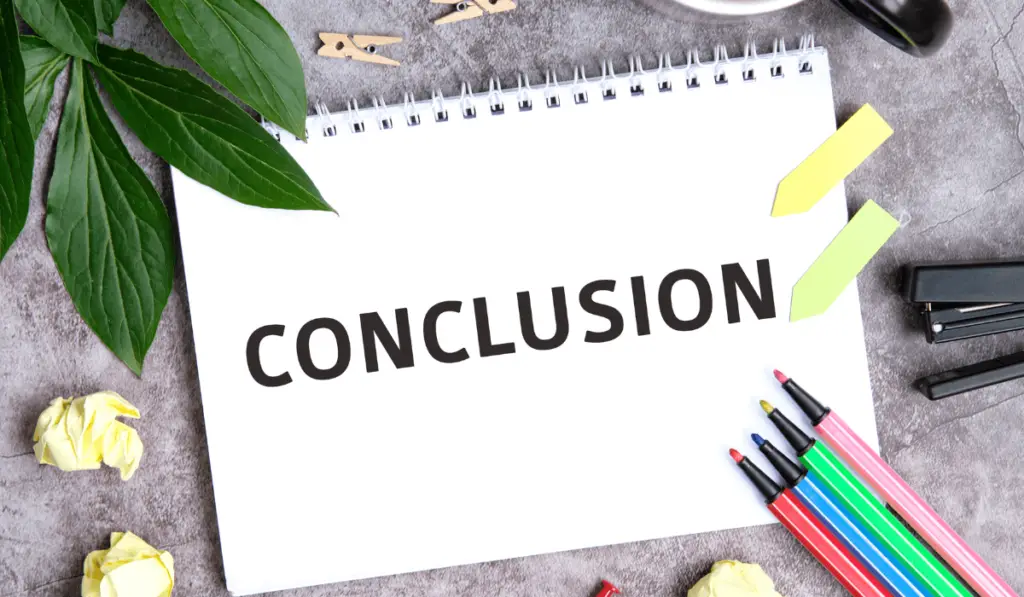
Boiling frozen chicken is a practical and safe method for preparing a variety of dishes. By following the guidelines and tips provided, you can ensure delicious and healthy meals for any occasion.
For further reading on food safety and preparation, the Food Safety and Inspection Service offers extensive resources.

